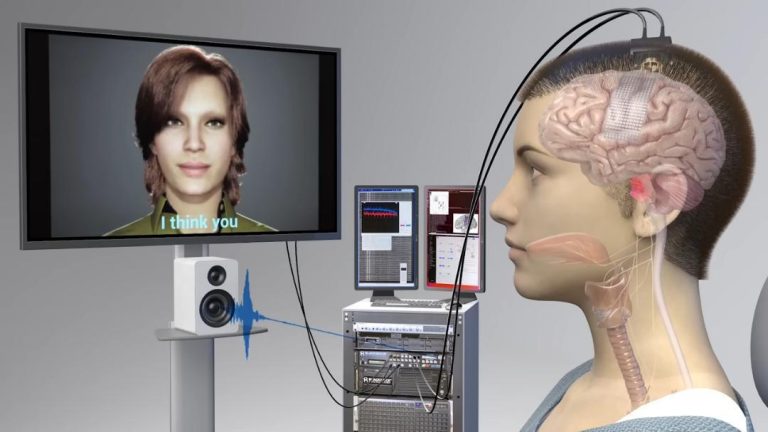
How RPA will shape ventures in 2025 and beyond?
In recent years, Robotic Process Automation (RPA) has been making waves in the world of business, and it’s easy to see why. With its ability to automate repetitive and mundane tasks, RPA has the potential to revolutionize the way companies operate. But what does the future hold for RPA, and how will it shape the ventures of tomorrow? In this blog post, we’ll take a closer look at the current state of RPA, its future prospects, and what it means for businesses.
Current State of RPA
RPA has been around for over a decade, but it’s only in recent years that it has started to gain mainstream attention. According to a report by MarketsandMarkets, the RPA market is expected to reach $30 billion by 2030, growing at a rate of 31% every year. This rapid growth is driven by the increasing adoption of RPA by businesses of all sizes, from small startups to large enterprises.
So, what is RPA, and how does it work? Simply put, RPA is the use of software to automate repetitive and mundane tasks, such as data entry, bookkeeping, and customer service. The software uses artificial intelligence (AI) and machine learning algorithms to learn how to perform these tasks, and then automates them, freeing up human employees to focus on more complex and creative work.
Future Prospects of RPA
So, what does the future hold for RPA? As the technology continues to evolve, we can expect to see RPA become even more sophisticated and widespread. Here are just a few ways that RPA will shape the ventures of tomorrow:
-
Automation of Complex Tasks: As RPA continues to evolve, we can expect to see it automate more complex tasks, such as decision-making and cognitive functions. This will enable businesses to automate even more tasks, freeing up employees to focus on higher-level work.
-
Integration with AI and Other Smart Technologies: RPA will increasingly be used in conjunction with AI and other smart technologies, such as blockchain and the Internet of Things (IoT). This will enable businesses to automate even more tasks and make more informed decisions.
-
Increased Adoption by Small and Medium-Sized Businesses: RPA is no longer just for large enterprises. As the technology continues to evolve and become more affordable, we can expect to see small and medium-sized businesses adopting RPA in increasing numbers.
-
New Industries and Applications: As RPA becomes more widespread, we can expect to see it adopted in new industries and applications. For example, RPA is already being used in healthcare to automate tasks such as data entry and medical billing.
Challenges and Limitations
While RPA holds great promise, there are also several challenges and limitations to consider. For example:
-
Initial Investment: Implementing RPA requires a significant initial investment, including the cost of software, training, and infrastructure.
-
Complexity: RPA can be complex to implement and maintain, particularly for businesses with large and complex systems.
-
Dependence on Data Quality: RPA relies on high-quality data to function effectively. If the data is inaccurate or incomplete, RPA may not be able to perform as expected.
-
Job Displacement: Some critics of RPA argue that it could displace human jobs, particularly in industries where tasks are repetitive and routine.
Conclusion
RPA is a rapidly evolving technology that has the potential to revolutionize the way businesses operate. As it continues to evolve and become more sophisticated, we can expect to see it automate more complex tasks, integrate with AI and other smart technologies, and be adopted by small and medium-sized businesses. While there are also several challenges and limitations to consider, the benefits of RPA are clear. By automating repetitive and mundane tasks, RPA can free up employees to focus on higher-level work, improve efficiency, and reduce costs.
Sources:
https://www.growthjockey.com/blogs/robotic-process-automation-in-venture-growth






